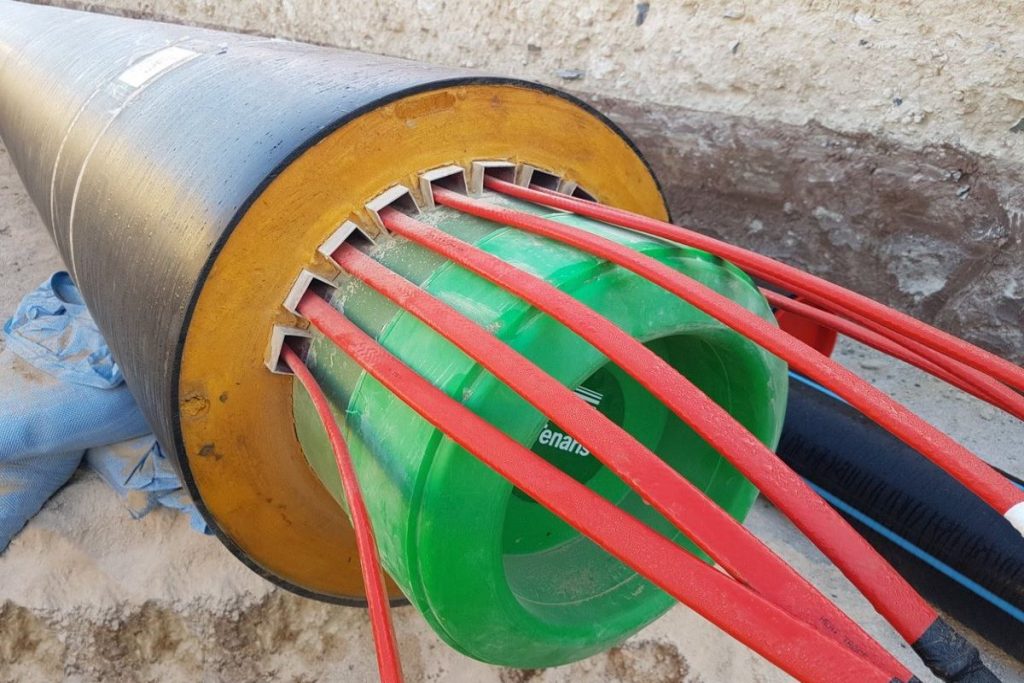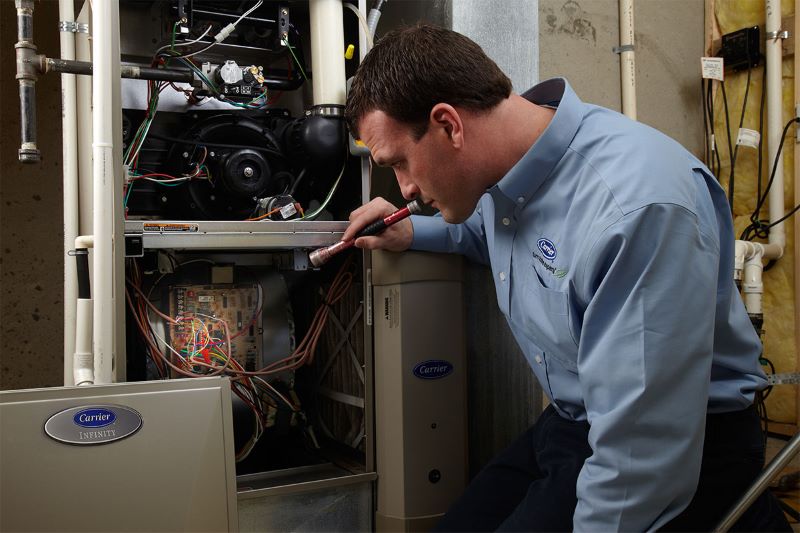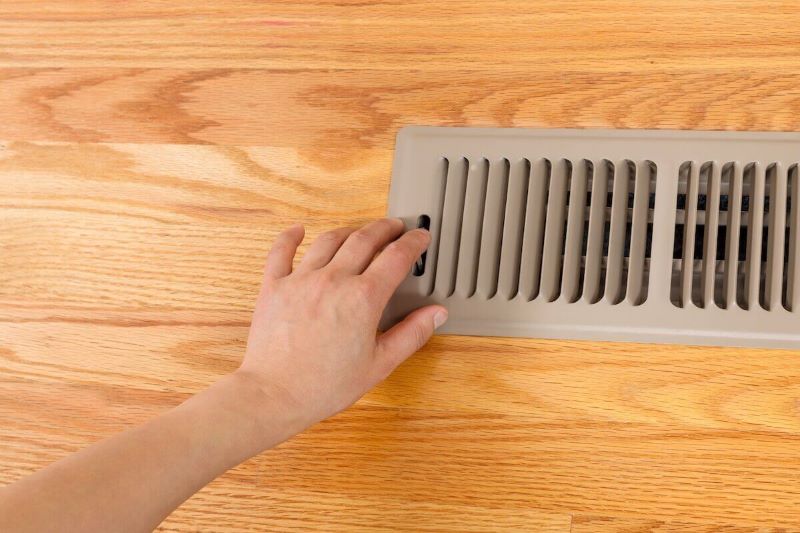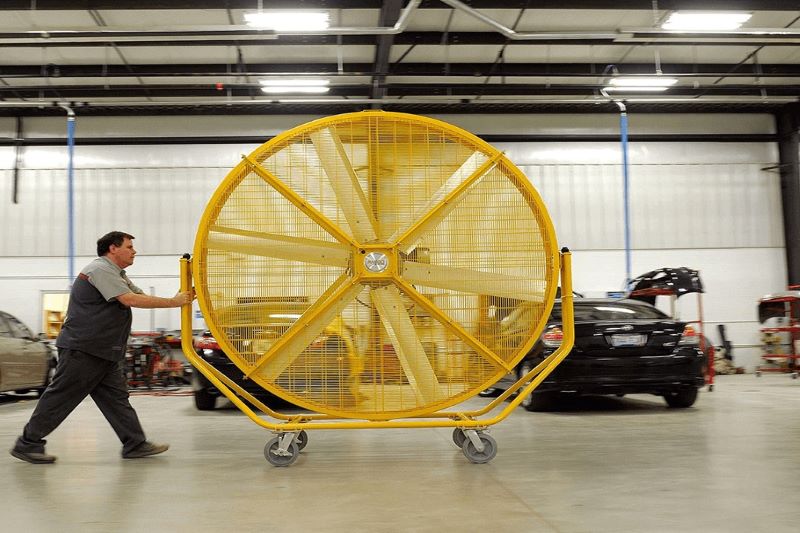Table of Contents
Summer is just around the corner. And if snow in the Deep South has not convinced you of the weather extremes to come, you are in for a nasty surprise.Homes should be comfortable no matter what goes on outdoors, and this is an obvious consideration for the coming months. However, it doesn’t end there. Heat waves are becoming more and more common, and have even led to fatalities for the infirm and unprepared. Whatever keeps out the heat should also keep out pests, allergens, moisture, and pollution, which can cause problems such as mold and mildew, weakened structure of your home, and health problems. If that isn’t enough, you could be spending almost double the energy just trying to keep your home cool.
But fear not! There are many simple and effective ways to keep your house cool in the coming summer.
Insulation
Proper home insulation is probably the single most effective way to keep your house cool during hot months. In older homes, and even up until today, attics, windows, doors, and walls are often designed with poor insulation. According to the Department of Energy (DOE), 40% of a home’s energy is lost to uncontrolled heat transfer.
Reducing this heat transfer can be as simple as keeping your house sealed shut as much as possible during the day. Limiting the time that any window or door is open lets your air conditioning equipment easily maintain an average temperature throughout the day, instead of trying to beat down rapidly rising temperatures coming in from outside.If possible, limit the use of air conditioning to the rooms most often occupied during this time, and seal off the others as well. Remember to continue to ventilate your home in the cooler hours of the night.
The “building envelope”, as the name suggests, is how well a building is sealed against heat, air transfer, and moisture. Many homes are still designed to let air move freely in and out of the attic and crawl spaces, and with that air comes heat, moisture, and pollution.
More and more home builders are turning to spray foam insulation to prevent their attic or crawl space from becoming a veritable oven during the summer, with heat building up to upwards of 130-150 degrees in poorly insulated attics.When added to the fact that air conditioning ducts and equipment are usually located in the same place, attics can lose 10% or more of their cooling capacity.
Spray foam can insulate homes better than other forms of insulation by as much as 50%. It can also be used in all other walls and areas of a home to create a well-sealed building envelope.
HVAC
In order not to give your heating, ventilation, and air conditioning (HVAC) equipment a harder time than necessary, it’s important to get efficient, capable units that suit your work space. If a unit is too small for the space it is intended to cool, it will be forced to work overtime and it will end up costing more in energy bills, maintenance, and repairs.
Be sure to use air conditioning only for the rooms that are actually being used at the time. If you’re leaving for more than an hour, switch the air conditioner off to save on electricity.
Check the energy efficiency ratio (EER) rating of units you are planning to buy – the higher the rating, the better and more efficient the unit.
Ceiling fans
Adding ceiling fans is another effective way to keep cool on a hot day. A slight breeze of even 2.5 feet per second (1.7 mph) can feel like a change of up to 10 degrees, even when it’s smoldering. Also, using fans can greatly help you cut down on your electricity bills as ceiling fans use up much less energy than regular air conditioning.
Be mindful of heat-generators
Try to avoid using heat-generating equipment such as ovens, dishwashers, laundry machines, and dryers when the weather is really warm. Instead, reserve these activities for the evening when it’s a little cooler. Be sure to turn off any computers, monitors, lamps, televisions, and other heat-generating appliances when not in use.
Make use of shade
Plant shade trees all around your house, such as deciduous or maple trees. These can make a huge difference in the indoor temperature as even the outside walls stay cool. If you live in an area with severe cold during the winter, you may want to leave the South side clear for radiant heat. The closer to winter solstice we get (December 21), the more southerly the angle of the sun.Alternatively, you could opt to use awnings to keep your house better shaded.
If your windows are letting in too much sun, consider placing tints on your windows or using mini shades, which can reduce heat caused by the sun by up to 50%.
Don’t forget your roof
What most people don’t think about is how much heat is absorbed through the roof of a house. Dark colored roofs tend to absorb more light, which heats up the area right below it, translating to an overall warmer house. It’s been found that switching to lighter colored roofs or making use of heat reflective surfaces can translate to huge savings in air conditioning bills.
Cooling yourself off
There are other quick tricks you can employ that don’t require raising electricity bills. Drinking cold water frequently can lower your overall body temperature, instantly cooling you off, and even giving your body some extra calories to burn.
Naturally, when the weather is warm, it’s wise to wear light and flowy garments to facilitate speedy cooling. Also, if it gets really warm, taking a shower or placing wet towels on your skin can cool you off quickly and easily.
source/credit: AirSeal








